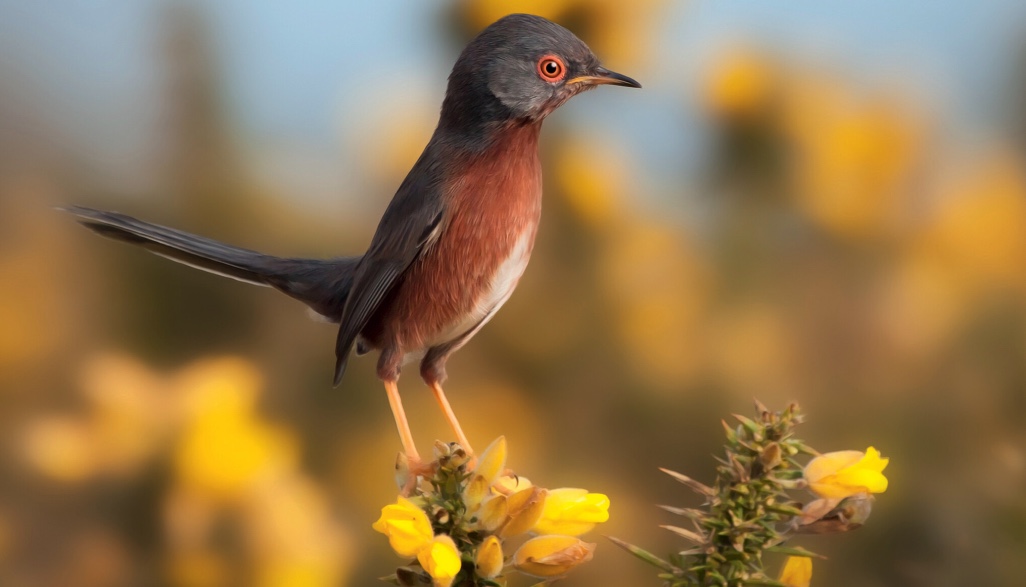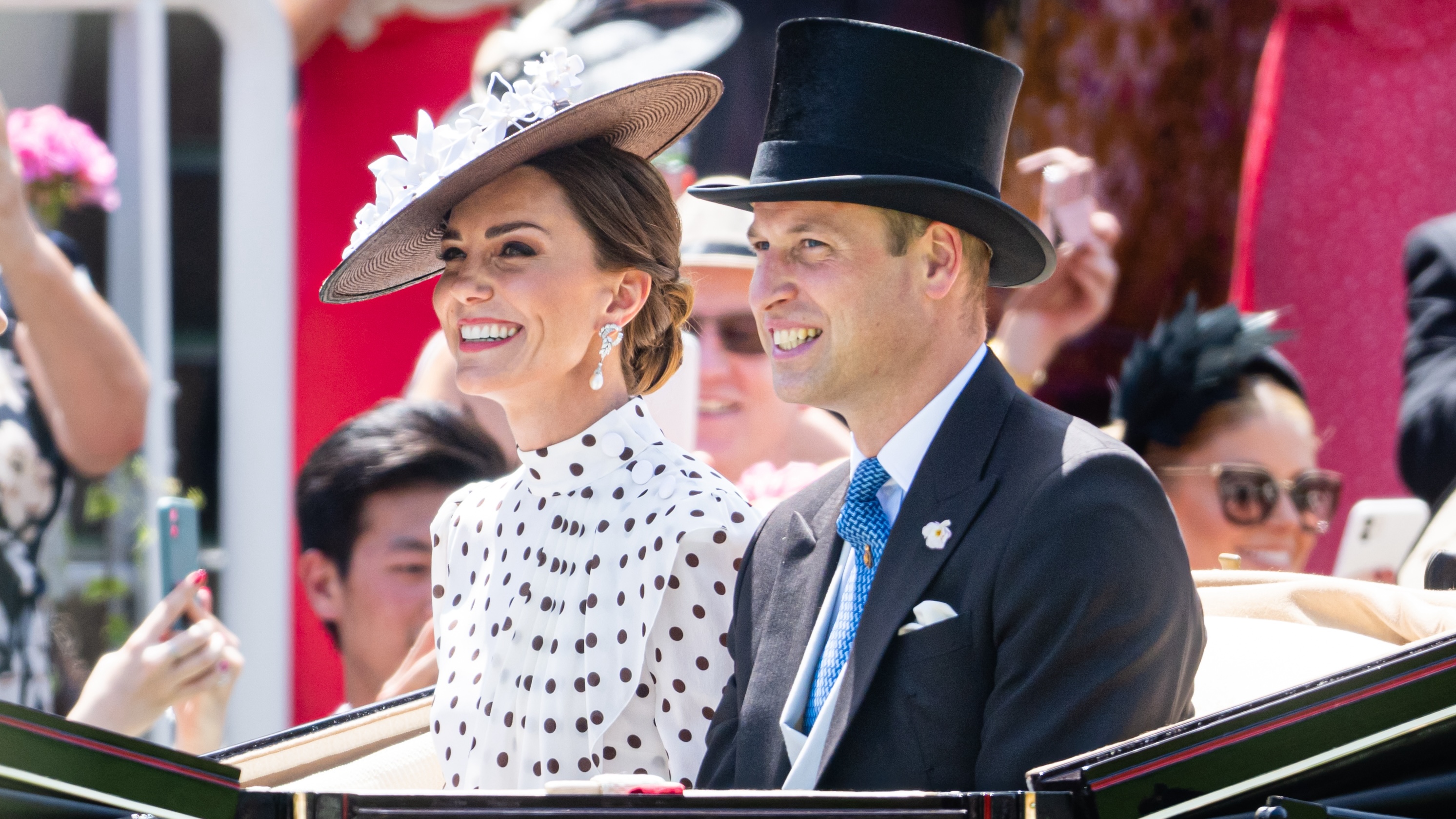The centuries-old grudge over the name of the tiny Dartford warbler
After years of decline, the Dartford warbler has returned to the area of old Kent where it was discovered 250 years ago, reviving a feud over its name, finds Russell Higham.


A centuries-old grudge over ornithological provenance still ruffles feathers at an unlikely venue. The Furze Wren, a pub in Bexleyheath, on the outskirts of southeast London, takes its moniker from the old country nickname for the Dartford warbler. First recorded 250 years ago by Kentish-born naturalist John Latham, this plucky little bird — Sylvia undata — was actually discovered in nearby Bexley. Two were shot on the heath there in April 1773 and presented to Dr Latham, who named them after the place where he was practising medicine at that time: Dartford. The misnomer has been a source of vexation to the birdwatchers (and the beer drinkers) of the warbler’s true ‘manor’ of Bexley ever since.
In the past few decades, however, this mix-up was the least of the little bird’s problems. Ralph Todd, a Bexley birdwatcher and resident for nearly 50 years (his home is around the corner from Latham Road), runs a local RSPB group. He explains that, regardless of which borough the warbler should rightfully be named after, its heathland habitat has lost ground to London’s creeping sprawl, so the bird has not been much of a regular at either location for decades — until recently, that is.
‘The only place you could see it was the Dorset, Surrey or West Sussex heathlands,’ notes Mr Todd. ‘But, this winter, we’ve had several sightings within the borough.’
It was not only urban development that kept the warbler away. Britain has always been at the northernmost edge of its range, which stretches as far south as Morocco. Harsh winters, such as the one we had in 1962–63, almost led to its complete extirpation from these shores. Lately, however, milder winters, combined with heathland conservation and restoration work by organisations such as the RSPB and The Wildlife Trusts, have led to a turnaround in the warbler’s fortunes. The RSPB has been reporting continually increasing numbers over the past few years, with a total of 258 pairs recorded on its reserves in 2022 — a 40% increase on 2021’s already impressive count of 183.
Mark Crisp is warden of the RSPB Farnham Heath reserve in Surrey. He’s seen the number of breeding pairs go from only a couple in the harsh winter of 2018 (the year of ‘the beast from the east’ or Anticyclone Hartmut to use its proper name) up to 17 in 2022, which was the highest number the RSPB has ever recorded at Farnham Heath. Interestingly, together with heathland conservation and hotter summers helping to push the bird’s range northwards to include more of the UK, Mr Crisp credits good etiquette by the dog walkers of Surrey. ‘Because Dartford warblers are ground-nesting birds, they like to build their homes deep in the heather or gorse where dogs love to rummage. So I put up a sign saying “keep dogs on leads” and owners responded really positively. Unfortunately, the cows who graze nearby behaved less responsibly and bashed the sign down. I put it up again and it’s done the job, giving the warbler’s numbers a real boost because they’re not being disturbed.’
Mr Crisp and his RSPB colleagues should also be applauded for good habitat management, implementing what they call structural diversity. ‘Different types of wildlife, whether it’s insects or the birds themselves, will use the heather and gorse at different life stages,’ Mr Crisp explains.
‘The more diverse the structure, the more biodiverse the habitat. So we have different life stages of heather and gorse all over the site and a different species will use it at different times of its life. This creates biodiversity and avoids having a monoculture where you’re reliant upon only one thing. By managing the plants well, you automatically bring in the birds that eat the insects that use the plants.’
Sign up for the Country Life Newsletter
Exquisite houses, the beauty of Nature, and how to get the most from your life, straight to your inbox.
The recent resurgence in numbers has given a real fillip to interest in the Dartford warbler, Mr Crisp reveals. ‘Birders visiting the reserve often ask, “Where can I see one?”, to which I reply, “Look for a stonechat and you’ll find one underneath.” You’ll hear the warbler long before you ever see it, however. It has a scratchy, “chittery” song. And its contact call sounds like a moody teenager going meh — a bolshie grunt against the sheer inconvenience of it all.’
In fact, when you combine that with its upturned beak and punky crest, skulking about looking annoyed as it hops furiously among the heather and gorse, the Dartford warbler really could be considered the original ‘Angry Bird’.
Mike Unwin, author of last year’s beautifully illustrated book Around The World in 80 Birds, remembers this recalcitrant avian being his first rare sighting, as a 10-year-old boy on a bird-watching trip to the New Forest. It sparked a passion that led to him becoming one of Britain’s foremost wildlife writers. He says that, although the revival in UK numbers means it’s not technically a rarity any more (its conservation status is ‘amber’, according to the RSPB), ‘it’s still a very special thing to see; a celebrity in the bird world’. As the Dartford warbler’s star continues to ascend, the locals at The Furze Wren in Bexley may well want their bird back. If, as is forecast, our summers grow increasingly warmer and the warbler’s numbers continue to grow in both town and country, they might soon have something to drink to.
Country Life is unlike any other magazine: the only glossy weekly on the newsstand and the only magazine that has been guest-edited by HRH The King not once, but twice. It is a celebration of modern rural life and all its diverse joys and pleasures — that was first published in Queen Victoria's Diamond Jubilee year. Our eclectic mixture of witty and informative content — from the most up-to-date property news and commentary and a coveted glimpse inside some of the UK's best houses and gardens, to gardening, the arts and interior design, written by experts in their field — still cannot be found in print or online, anywhere else.
-
 'The watch is Head Boy of men’s accessorising': Ginnie Chadwyck-Healey and Tom Chamberlin's Summer Season style secrets
'The watch is Head Boy of men’s accessorising': Ginnie Chadwyck-Healey and Tom Chamberlin's Summer Season style secretsWhen it comes to dressing for the Season, accessories will transform an outfit. Ginnie Chadwyck-Healey and Tom Chamberlin, both stylish summer-party veterans, offer some sage advice.
-
 Lewis Hamilton, Claude Monet and the Four Horsemen of the Apocalypse: Country Life Quiz of the Day, April 29, 2025
Lewis Hamilton, Claude Monet and the Four Horsemen of the Apocalypse: Country Life Quiz of the Day, April 29, 2025Tuesday's Quiz of the Day looks back at Lewis Hamilton's first win and ponders on the meaning of greige.